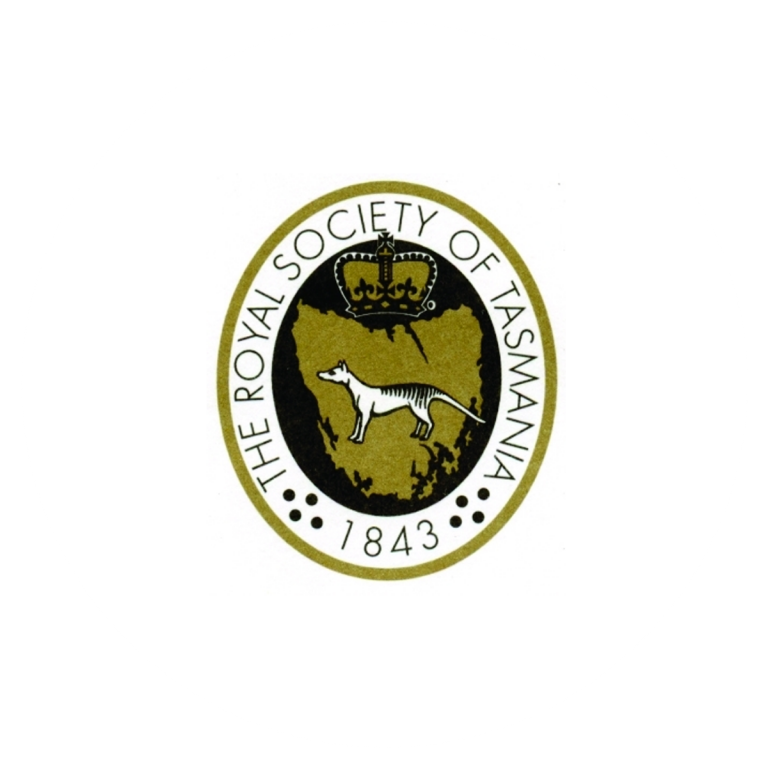
Biodiversity loss is recognised to pose one of the most serious threats to human well-being as biodiversity underpins ecosystem services, such as biomass production, carbon sequestration, and pollination. The scientific community has called for the development of essential biodiversity variables (EBVs) facilitating global observations from satellites. However, the resolution of satellite data is generally too coarse for direct measurement of biodiversity at the appropriate scales. While field surveys can provide direct observations, they are often expensive, time-consuming, and cover limited area. The disconnect between field-based and satellite monitoring has resulted in a scale gap that challenges our ability to assess biodiversity. This seminar showcases recent research efforts leveraging drone remote sensing to advance biodiversity assessment in Australian ecosystems and biodiversity hotspots. Live on Zoom.
Bio
Arko Lucieer is a Professor in Remote Sensing at The University of Tasmania, Australia. He leads the TerraLuma research group, focusing on the development and application of drones, sensor integration, and image processing techniques for environmental, agricultural, and high-precision aerial mapping applications. Arko teaches remote sensing and GIS at the undergraduate and graduate levels. He obtained his PhD degree in 2004 from the International Institute for Geo-Information Science and Earth Observation and Utrecht University in the Netherlands. His current focus is on remote sensing of vegetation and biodiversity with the use of sophisticated drone sensors to better understand the structure, distribution, and functioning of vegetation, and to bridge the observational scale gap between field samples and satellite observations.
